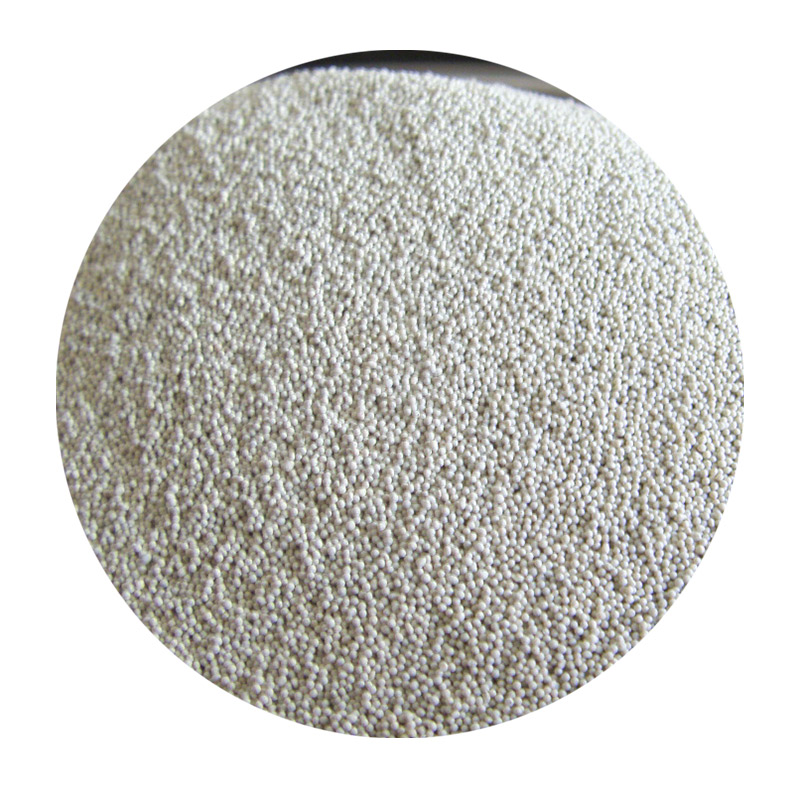How Long Does Sand Casting Take?
Sand casting is a highly versatile metal casting process that utilizes sand as a mold material. It is widely used for producing metal components in various industries due to its ability to create complex shapes, accommodate large sizes, and offer cost-effectiveness. However, the timeline for sand casting can vary significantly depending on several factors, including the complexity of the design, the material used, and the finishing processes required. In this article, we will explore the various stages of sand casting and their associated timelines.
1. Design and Planning
The first step in the sand casting process is designing the part to be produced. This phase typically involves the creation of detailed blueprints and the selection of materials. Depending on the complexity of the design and the experience of the engineering team, this phase can take anywhere from a few days to several weeks. Clear and thorough planning is crucial as it sets the foundation for the subsequent steps in the casting process.
2. Pattern Making
Once the design is finalized, the next step is to create a pattern. The pattern is a replica of the final component and is usually made from materials such as wood, metal, or plastic. The complexity of the pattern influences the time it takes to create it. Simple patterns can be produced in a matter of days, whereas intricate designs may take weeks to fabricate. The pattern also needs to be treated with a release agent to facilitate easy removal from the sand mold.
3. Mold Creation
With a pattern in place, the next step is to create the mold. This involves packing sand around the pattern to form the mold cavity. The sand is typically mixed with a binding agent and additives to help it maintain its shape. The time required to create the mold varies based on the size and complexity of the component. Molding can take anywhere from a few hours to a couple of days. In some cases, automated molding techniques can speed up this process substantially.
how long does sand casting take

Once the mold is ready, the metal needs to be melted and poured into the mold cavity. The melting process can take a few hours, depending on the type of metal used, the size of the batch, and the efficiency of the melting equipment. After the metal is melted, it must be carefully poured into the mold, ensuring that it fills the cavity completely and does not create any air pockets. Pouring operations can also take a few hours, especially if multiple molds are being filled consecutively.
5. Cooling and Solidification
After pouring, the molten metal needs time to cool and solidify. The cooling time can depend on several factors, including the type of metal and the wall thickness of the cast piece. Generally, cooling can take anywhere from a few hours to overnight. It's essential to allow the metal to cool sufficiently before proceeding to the next phase to avoid defects in the final product.
6. Finishing Operations
Once the metal has cooled and solidified, the mold can be broken open, and the cast part can be removed. This phase may involve additional finishing processes such as trimming, grinding, and surface treatment to achieve the desired surface quality and dimensions. The finishing phase can also vary greatly in time, ranging from a few hours to a few days, depending on the required specifications.
Conclusion
In summary, the total time required for sand casting can range from a few days to several weeks, depending on various stages of the process including design, pattern making, mold creation, melting, pouring, cooling, and finishing. Understanding these phases and their durations is key for industries that rely on efficient production cycles. By optimizing each stage, manufacturers can significantly reduce lead times and improve overall productivity in the sand casting process.
Post time:Dec . 04, 2024 19:08
Next:High-Performance Ceramic Sanding Discs for Efficient Surface Finishing and Polishing
